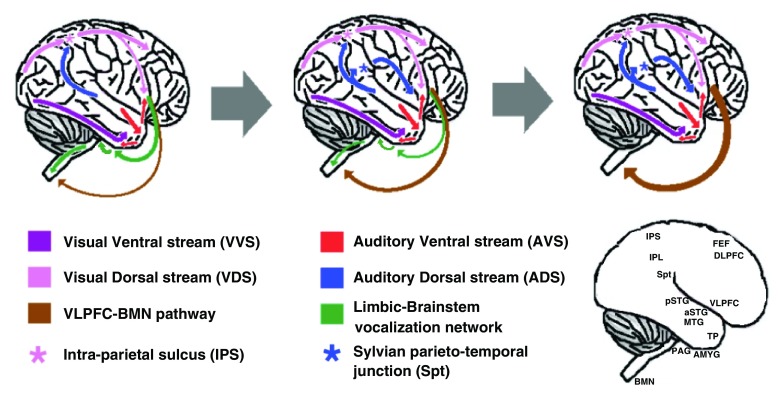Figure 2. ‘From Where to What’ model - illustrated summary of brain development.
The model depicts three stages in the early development of language, each characterized with its own neuroanatomical modifications (these changes are depicted here on schematized chimpanzee brains). Left: In extant monkeys/apes, sound recognition is processed via the auditory ventral stream (AVS; red arrows). Contact calls, however, are perceived in the pSTG. The pSTG then projects (blue arrow) to the IPS (pink asterisk), which is part of the visual dorsal stream (VDS, pink arrow). The IPS then projects to the VLPFC and FEF (pink arrow). The FEF guides saccadic eye-movements to the source of the call; the VLPFC initiates the vocal response by activating a cascading series of descending connections (green arrows). First, the VLPFC activates a network of limbic structures (e.g., amygdala; AMYG). The limbic network then projects to the midbrain periaqueductal grey (PAG), which in turn projects to the brainstem motor nuclei (BMN). Some elements of the vocal response are mediated via a direct VLPFC-BMN pathway (brown arrow). Middle: Approximately 2.5 million years ago, the Homo genus emerged as a result of duplication of the IPS (pink and blue asterisks) and subsequent duplication of its frontal projections (pink and blue arrows). Since the auditory cortex targeted the more proximal of these duplicated parietal regions (blue asterisk), a new pathway dedicated for auditory processing emerged (i.e., auditory dorsal stream; ADS-blue arrows). By strengthening pre-existing direct VLPFC-BMN connections (brown arrow), the ADS also acquired partial vocal control. This development of an audio-vocal pathway enabled individuals to modify contact calls with intonations for signaling high- and low-level distress calls. Right: Given that the ability to choose whether the emitted intonation signaled distress or safety was partially volitional, the modification of contact calls with intonations enabled question-answer conversations about other topics besides location. This use of intonations for more complex communication resulted with strengthening of the ADS and the descending VLPFC-BMN pathway (blue and brown arrows). Eventually, the ADS-VLPFC-BMN pathway acquired complete control over the vocal apparatus and speech became volitional.

